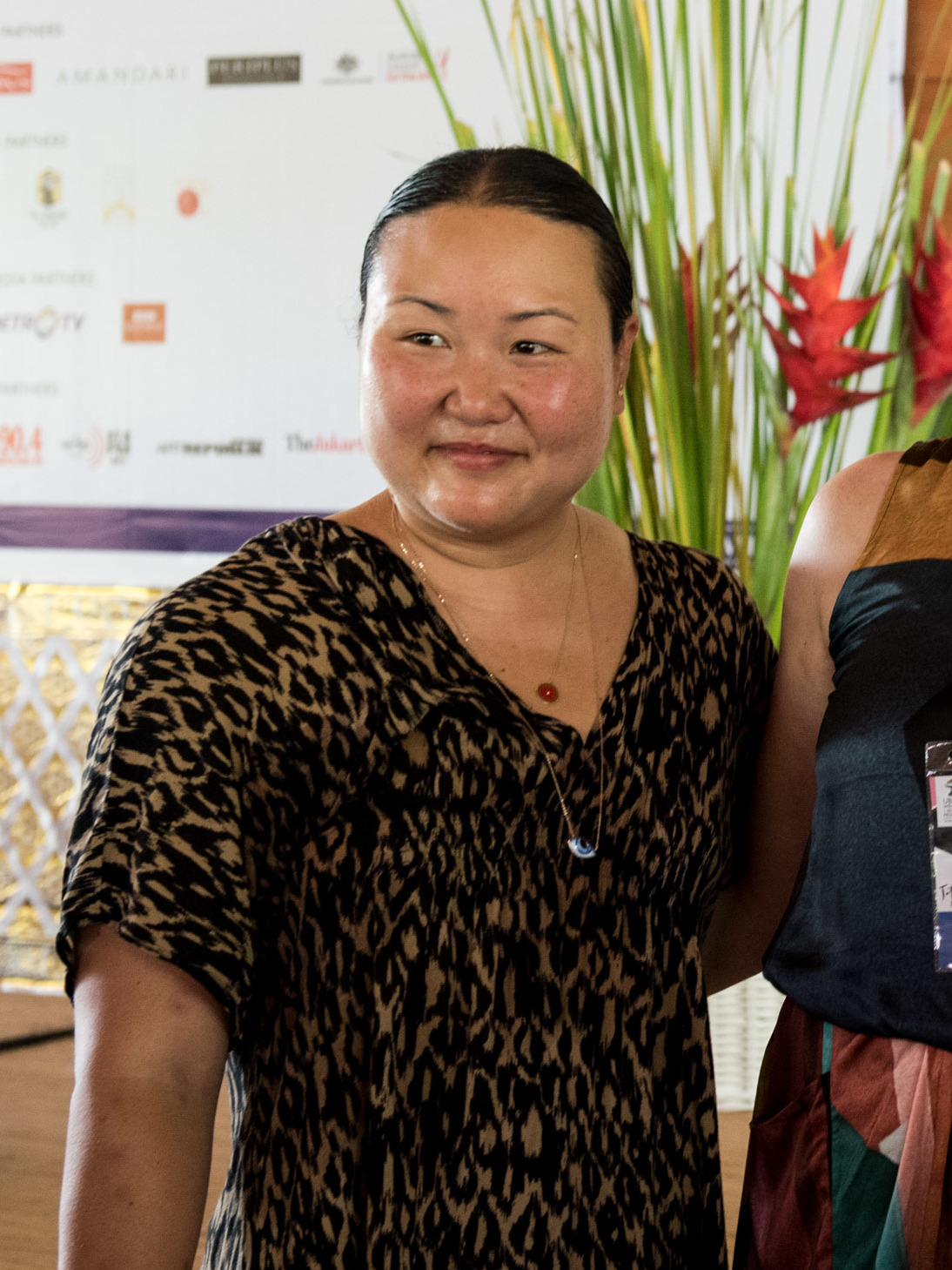1. Early life and background
Hanya Yanagihara's early life was marked by frequent relocation due to her father's profession, and her family background reflects a diverse heritage.
1.1. Childhood and education
Hanya Yanagihara was born on September 20, 1974, in Los Angeles, California. As a child, her family moved frequently, leading her to live in various locations across the United States, including Hawaii, New York City, Baltimore, Maryland, other parts of California, and Texas. She attended the Punahou School in Hawaii before graduating from Smith College in 1995.
1.2. Family and ethnic background
Yanagihara is a fourth-generation Hawaiian resident through her father's side. Her father, Ronald Yanagihara, is a hematologist and oncologist from Hawaii and is of Japanese descent. Her mother was born in Seoul, South Korea, making Yanagihara partly of Korean descent through her mother. Yanagihara has mentioned that her father introduced her to the works of authors such as Philip Roth and British writers like Anita Brookner, Iris Murdoch, and Barbara Pym. She has expressed admiration for Pym and Brookner's "suspicion of the craft" and "metaphysical reckoning of what is it actually doing for the world." Among contemporary writers, she particularly admires Hilary Mantel, Kazuo Ishiguro, and John Banville.
2. Career
Hanya Yanagihara's professional journey encompasses both a successful literary career as a novelist and a significant role as an editor in the magazine industry.
2.1. Early professional career
After graduating from college in 1995, Yanagihara moved to New York City and began her career working as a publicist for several years. She later transitioned into journalism, becoming a contributor to Condé Nast Traveler in 2007, where she eventually rose to the position of editor. She remained with Condé Nast until 2015.
2.2. Literary career
Yanagihara's literary career is marked by three highly acclaimed novels, each contributing to her growing reputation as a significant contemporary author.
2.2.1. The People in the Trees
Yanagihara's debut novel, The People in the Trees, was published in 2013. The novel was partly inspired by the real-life case of the virologist Daniel Carleton Gajdusek. Upon its release, the book received praise and was recognized as one of the best novels of 2013.
2.2.2. A Little Life

Her second novel, A Little Life, was published on March 10, 2015, and quickly garnered widespread critical acclaim. The novel defied the initial sales expectations of her editor, agent, and even Yanagihara herself, becoming a sleeper hit. It was shortlisted for the 2015 Man Booker Prize for fiction and the 2016 Women's Prize for Fiction. Additionally, A Little Life won the 2015 Kirkus Prize for fiction, and Yanagihara was selected as a finalist for the 2015 National Book Award in Fiction.
Yanagihara described the process of writing A Little Life as a powerful experience. At its best, she likened it to "glorious as surfing," feeling "carried aloft on something I couldn't conjure but was lucky enough to have caught." At its worst, she felt a sense of losing ownership over the book, comparing it to "being one of those people who adopt a tiger or lion when the cat's a baby and cuddly and manageable, and then watch in dismay and awe when it turns on them as an adult."
2.2.3. To Paradise
Yanagihara's third novel, To Paradise, was published on January 11, 2022. Following its release, the book achieved significant commercial success, reaching number one on The New York Times Best Seller list.
2.3. Editorial career
In 2015, Yanagihara left her position at Condé Nast to become a deputy editor at T: The New York Times Style Magazine. Her decision to take on this role after her sophomore novel became a bestseller reportedly baffled many in the publishing industry. Yanagihara described the publishing world as "a provincial community, more or less as snobby as the fashion industry," noting that she received "underhanded comments" like, "oh, I never knew there were words [in T Magazine] worth reading." Despite these reactions, she maintained that she had "never done it any other way," referring to her practice of balancing editorial work with fiction writing. In 2017, she was promoted to editor-in-chief of T: The New York Times Style Magazine.
3. Awards and honours
Hanya Yanagihara has received numerous awards and nominations for her literary works, particularly for her novel A Little Life.
| Year | Book | Award | Category | Result |
|---|---|---|---|---|
| 2015 | A Little Life | Booker Prize | - | Shortlisted |
| Kirkus Prize | Fiction | Won | ||
| National Book Award | Fiction | Finalist | ||
| 2016 | Women's Prize for Fiction | - | Shortlisted | |
| 2017 | International Dublin Literary Award | - | Longlisted |
4. Works
- The People in the Trees (2013)
- A Little Life (2015)
- To Paradise (2022)
5. Critical reception and controversies
Hanya Yanagihara's works, particularly A Little Life, have generated extensive critical discussion, encompassing both widespread praise and notable controversies. While the novel received significant acclaim for its emotional depth and powerful narrative, it also drew specific critiques regarding its content and portrayal of certain themes.
One prominent critique came from Daniel Mendelsohn in The New York Review of Books. Mendelsohn's review sharply criticized the technical execution of A Little Life, particularly its depiction of violence, which he deemed ethically and aesthetically "reckless." He also raised concerns about the novel's portrayal of LGBT life by a heterosexual author. This review sparked a notable debate within the literary community, with Gerald Howard, the book's publisher, responding to Mendelsohn's criticisms, which was then followed by Mendelsohn's rebuttal. This exchange highlighted the intense and often polarizing reactions to the novel's challenging subject matter and narrative choices.